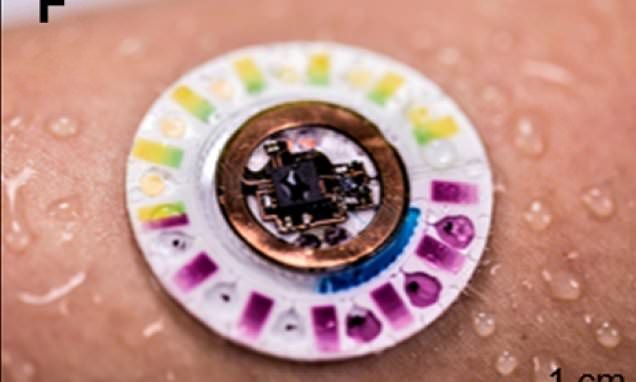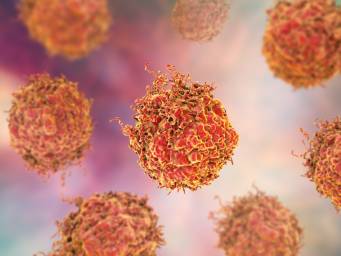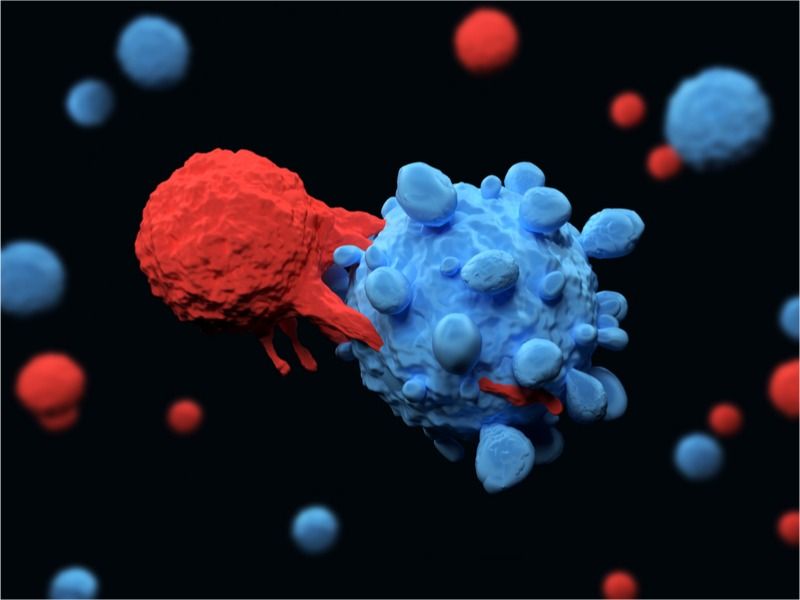A compelling new study from an international team of researchers has described a novel protein could be a useful blood-based biomarker to monitor the progression of Alzheimer’s disease over a decade before any clinical symptoms appear.



A new wearable patch can monitor your health through your sweat.
Fitness and health trackers are everywhere, but most of them are limited to collecting data on your heartbeat, how much your moving and information you manually input to their paired apps.
That’s helpful if you’re trying to get in shape, but for people suffering from chronic conditions and diseases — like kidney disease or cystic fibrosis — more exact and frequent analyses could alert them to life-endangering changes.



Mention artificial intelligence (AI) or artificial neural networks, and images of computers may come to mind. AI-based pattern recognition has a wide variety of real-world uses, such as medical diagnostics, navigation systems, voice-based authentication, image classification, handwriting recognition, speech programs, and text-based processing. However, artificial intelligence is not limited to digital technology and is merging with the realm of biology—synthetic biology and genomics, to be more precise. Pioneering researchers led by Dr. Lulu Qian at the California Institute of Technology (Caltech) have created synthetic biochemical circuits that are able to perform information processing at the molecular level–an artificial neural network consisting of DNA instead of computer hardware and software.
Artificial intelligence is in the early stages of a renaissance period—a rebirth that is largely due to advances in deep learning techniques with artificial neural networks that have contributed to improvements in pattern recognition. Specifically, the resurgence is largely due to a mathematical tool that calculates derivatives called backpropagation (backward propagation)—it enables artificial neural networks to adjust hidden layers of neurons when there are outlier outcomes for more precise results.
Artificial neural networks (ANN) are a type of machine learning method with concepts borrowed from neuroscience. The structure and function of the nervous system and brain were inspiration for artificial neural networks. Instead of biological neurons, ANNs have artificial nodes. Instead of synapses, ANNs have connections that are able to transmit signals between nodes. Like neurons, the nodes of ANNs are able to receive and process data, as well as activate other nodes connected to it.


Researchers at UCLA have managed to guide pluripotent stem cells into becoming adult T cells, the cells that patrol the body to kill cancer and other diseases and that are trained in our thymi.
The study, published in Cell Stem Cell, was led by senior author Gay Crooks, M.D., a professor of pathology and laboratory medicine and of pediatrics. Dr. Crooks is the co-director of the Eli and Edythe Broad Center of Regenerative Medicine and Stem Cell Research at UCLA.


Scientists have developed tiny elastic robots that can change shape depending on their surroundings and can swim through fluids, an advance which may help deliver drugs to diseased tissue one day.
The smart, biocompatible microrobots that are highly flexible are made of hydrogel nanocomposites that contain magnetic nanoparticles allowing them to be controlled via an electromagnetic field.
As a result, these devices are able to swim through fluids and modify their shape when needed. They can also pass through narrow blood vessels and intricate systems without compromising on speed or manoeuvrability, said the group of scientists led by Selman Sakar at Ecole Polytechnique Fédérale de Lausanne (EPFL) and Bradley Nelson at ETH Zurich.

A young mother from Anchorage, Alaska, who was diagnosed with multiple sclerosis (MS) more than 10 years ago says an experimental stem-cell treatment has left her “practically symptom-free.”
Amanda Loy was 27 years old when she was first diagnosed with the disease, which typically affects the brain and spinal cord, also known as the central nervous system. MS can be debilitating and there is currently no cure, according to the Multiple Sclerosis International Federation.
ACTRESS SELMA BLAIR, 46, REVEALS MS DIAGNOSIS: ‘I AM DISABLED’